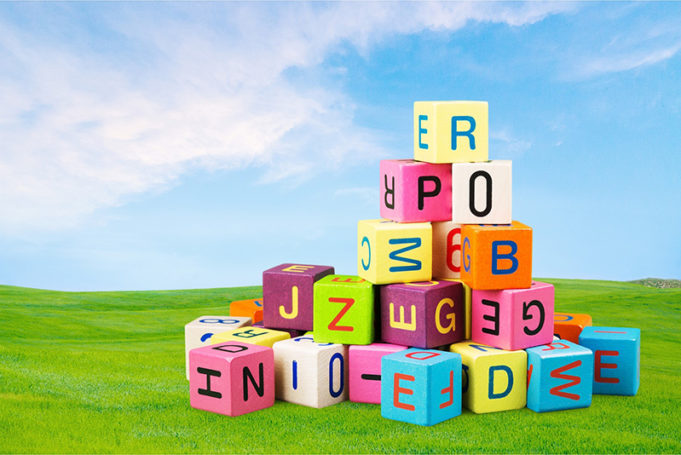18 Dec How Can You Identify if Your Child has Language Disorders?

Parents usually compare their children’s development with that of other children of the same age. In some cases, they become worried that they have not reached the same level as others; this is a constant worry where the language is concerned.
But, did you know that 1 out of 20 children in the world has some language disorder?
According to the American Speech-Language-Hearing Association, children can face the following problems:
- Poor articulation: children have difficulty producing syllables.
- Fluency disorders: speech is interrupted with abnormal pauses (for example: when a child stutters).
- Voice disorders: children are unable to modulate the tone, volume, or quality of their voice.
- Oral dysphagia: a child has problems when eating.
Children develop speech and language at the same stages, but the ages in which they become evident may show considerable variation. According to the United Kingdom’s National Health Service (NHS), children should be able to do the following things, depending on their age:
0-12 months: Babies babble, use various intonations, and articulate words such as “mommy” or “daddy.” Babies begin to recognize the names of objects.
12-15 months: They imitate sounds and babble with sounds that include the letters p, b, m, d, or n. They begin to follow simple instructions.
18-24 months: They can say about 20 (18 months) and 50 words (around 24 months). They begin to combine words and recognize some body parts.
2-3 years: Children use a more extensive vocabulary and form longer phrases. Children identify colors and descriptive concepts.
Parents still have an essential role in stimulating their children to carry out these activities and in furthering their development. Therefore, they should pay attention to the following signs:
- They repeat phrases over and over again when they speak.
- They do not speak much.
- They are not interested in interacting with children of the same age.
- They cannot understand the information they are given.
- Their vocabulary is minimal compared with other children of the same age.
We recommend carrying out the following activities to reinforce their development:
- Sing with them
Spend half an hour per day singing age-appropriate songs in which they can participate. This activity will increase their word repertoire, develop their hearing, and create child-parent bonds.
- Identify colors together
Children certainly love to play with colors! Use colorful or illustrated cards that show various objects. Interact together: ask them to identify parts of the drawing or which colors appear on the map.
- Allow them time to express themselves
As they begin to recognize the world, your children will start to express themselves and even to ask questions. Allow them enough time to say things. Listen to them and support them, correcting their words as necessary.
- Teach them numbers
Recognizing numbers is an essential skill to have a good start in math and to learn to count. Use cards or objects with numbers to play.
#BOXIESTIP
Alpha Box helps children to learn vowels and encourages their linguistic development because they also repeat the sounds they hear. Additionally, in time, Alpha Box will help them to develop their reading skills.
SOURCES: Faculty of Psychology — National Autonomous University of Mexico (UNAM); National Health Service (UK); American Academy of Pediatrics; National Library of Medicine (USA).



Sorry, the comment form is closed at this time.